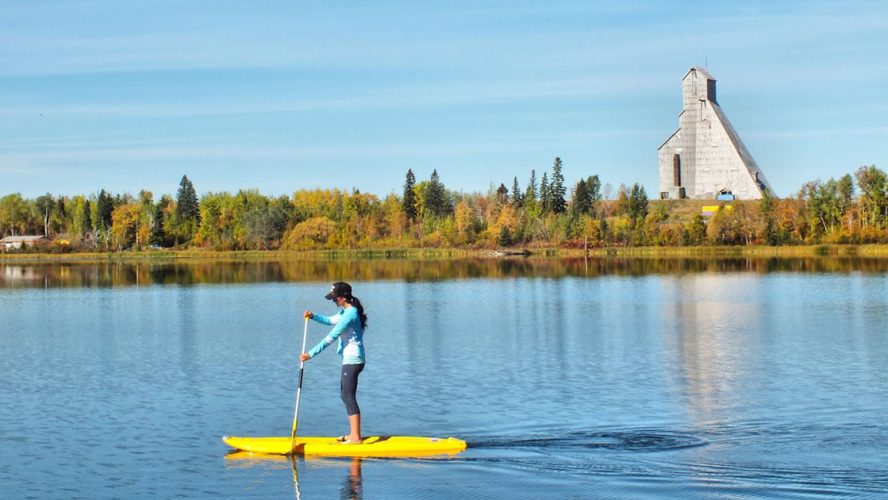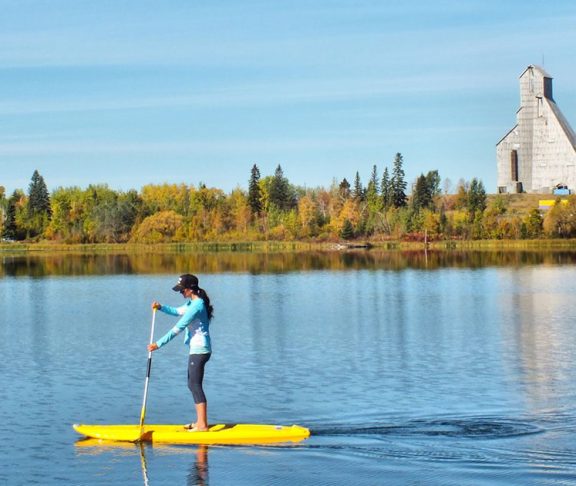Life in a smaller Canadian city can be the answer to a better quality-of-life for newcomers.
Canada was built upon immigration. In the 16th-century, newcomers settled on acres of arable or mineral-rich pieces of land. They raised families and built strong communities for future generations.
In 2017, the Canadian government launched a multi-year immigration plan to foster economic growth in the face of slowing labour force growth and an ageing population. In response, according to research published by Statista in September 2021, “annual immigration in Canada amounts to around 300,000 new immigrants.”
Living in one of Canada’s major cities, however, often comes with prohibitive costs, congested neighborhoods, and high competition for jobs. Life in a smaller Canadian city can be the answer to a better quality of life for newcomers.
Bigger is not always better

Timmins Mayor George Pirie understands some of the challenges immigrants to Canada face and works to create a welcoming community in Timmins. “This can sometimes be as simple as offering recreational facilities popular with immigrant communities, like football [soccer] fields,” says Pirie. “We also offer support services and programs for immigrants through our Timmins and District Multicultural Centre (TDMC).”
The TDMC provides services to help newcomers deal with the practicalities of adapting to life in a new country, such as getting a health card, driver’s license, enrolling in school, finding housing, and searching for a job. Newcomers also receive the opportunity to advance their English or French language skills.
Career opportunities in the North
Timmins has a population of approximately 45,000 people and Pirie says that finding a job in the growing city is not difficult. “We have plenty of opportunities for new arrivals,” comments Pirie. The mayor also notes that many newcomers to Timmins arrive thinking they will work in a certain field, only to find that the doors are open to entrepreneurial ventures as well. “We have newcomers arrive for technical positions, for instance, who end up owning franchises or starting veterinary clinics,” Pirie adds. “You are only limited by your imagination.”
Timmins was also selected as one of 11 cities across Canada to participate in the federal government’s Rural and Northern Immigration Pilot (RNIP), a program designed to match immigrants looking for work with available jobs in Northern communities.
Another advantage to living in a smaller centre like Timmins is that it is more affordable than living in a larger city, and yet still has the amenities of a major centre, like good schools and quality healthcare. Pirie states, “Timmins has the second-highest after-tax income in the north at $105,000 per year.” Housing costs and user fees are also relatively low compared to a large city.
And the quality of life in a smaller city is often better than in a larger one. In Timmins’ case, the outdoors is right at a person’s doorstep with plenty of nature trails as well as golf and fishing nearby. And while close to wilderness, there is everything from shops and restaurants to farmer’s markets, libraries, and cultural pursuits within easy reach.
Pirie concludes, “Living in Timmins is a personal choice for me. I’ve had the privilege of working in other parts of the world and I decided to come home. The quality of life here is something that people don’t always recognize. You can taste the air; it is so sweet and fresh. And you have room. There is room for everyone. I live by a lake—there are thousands here—and it takes me five minutes to get to work.”




